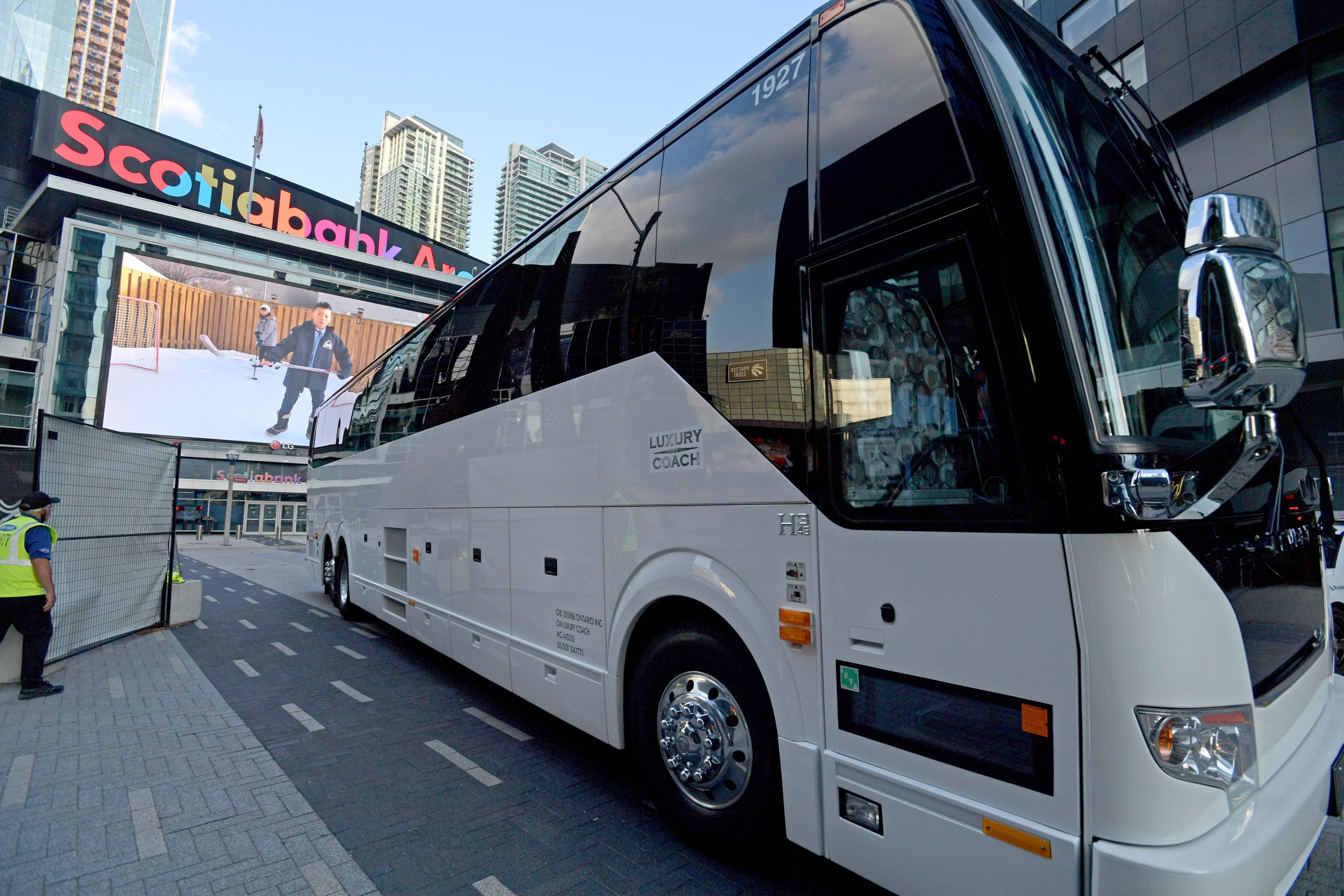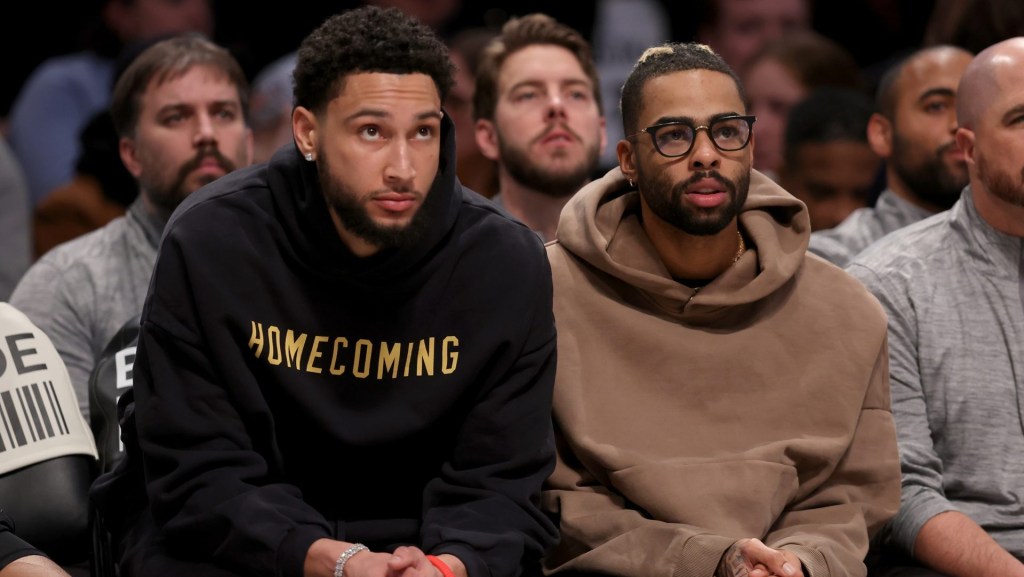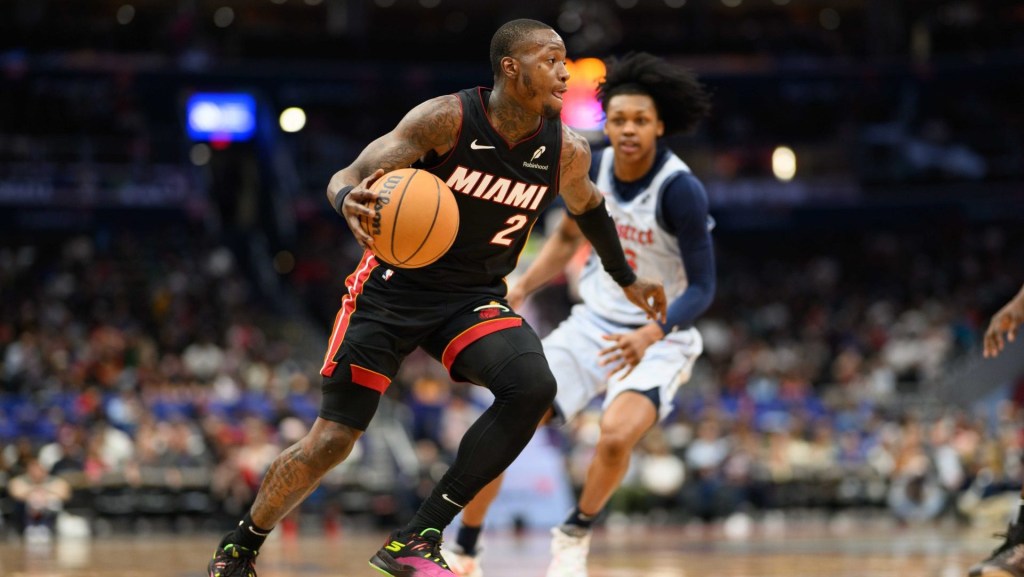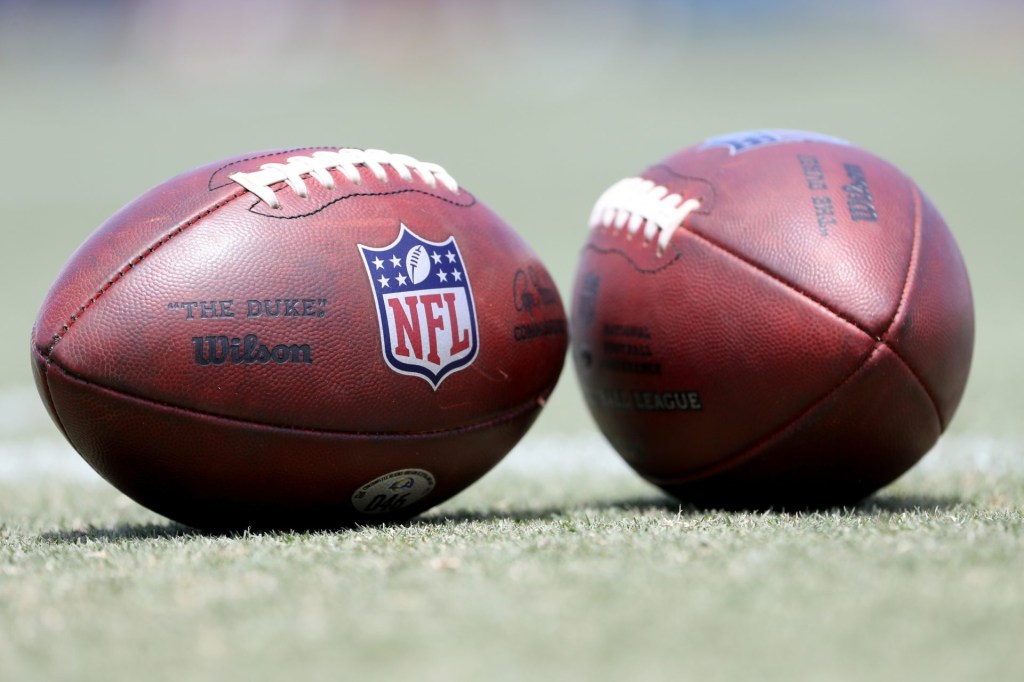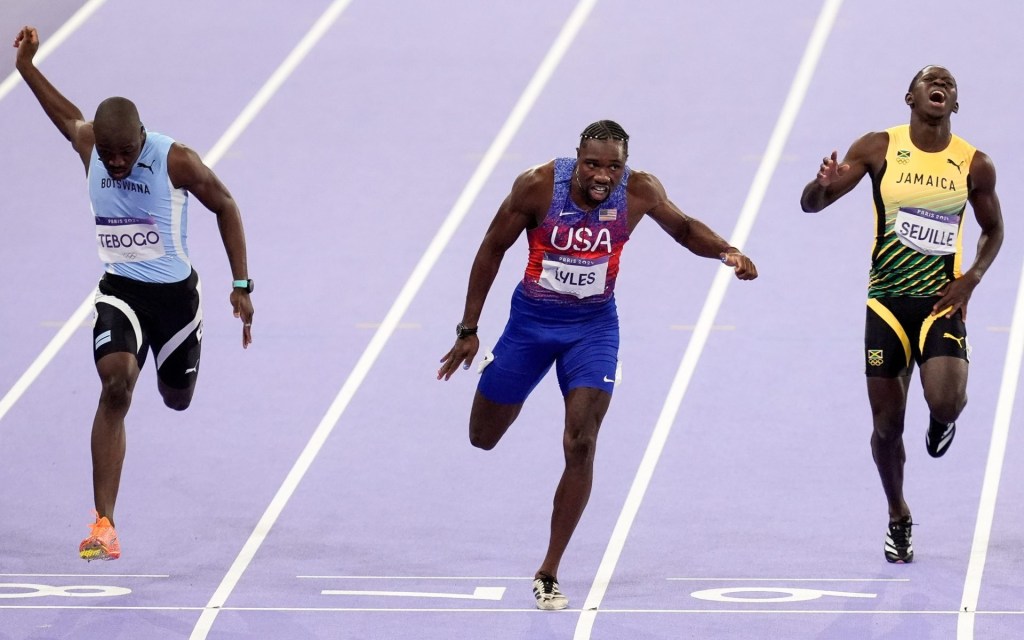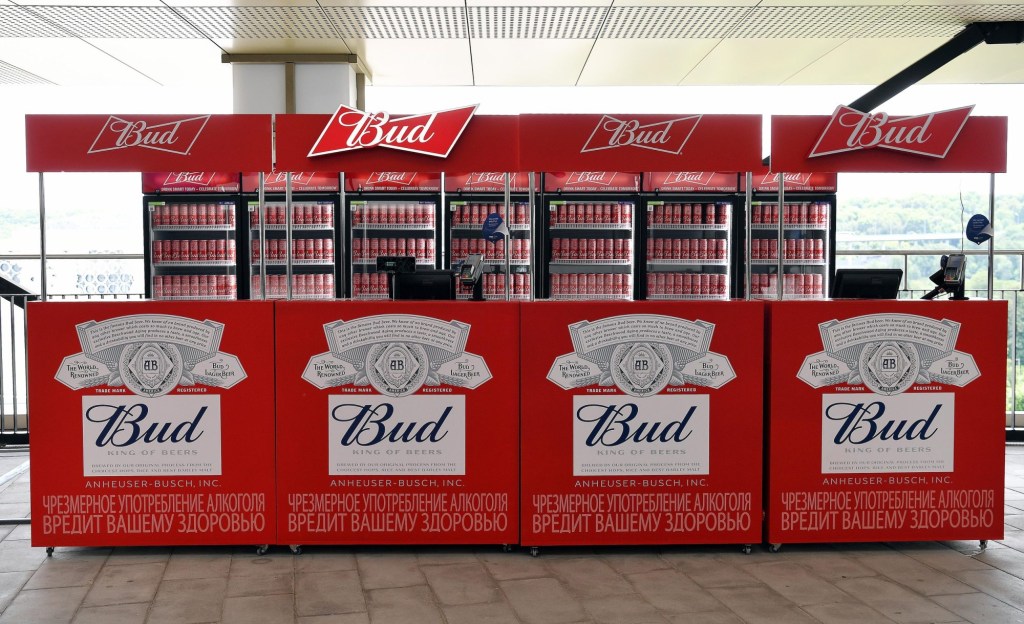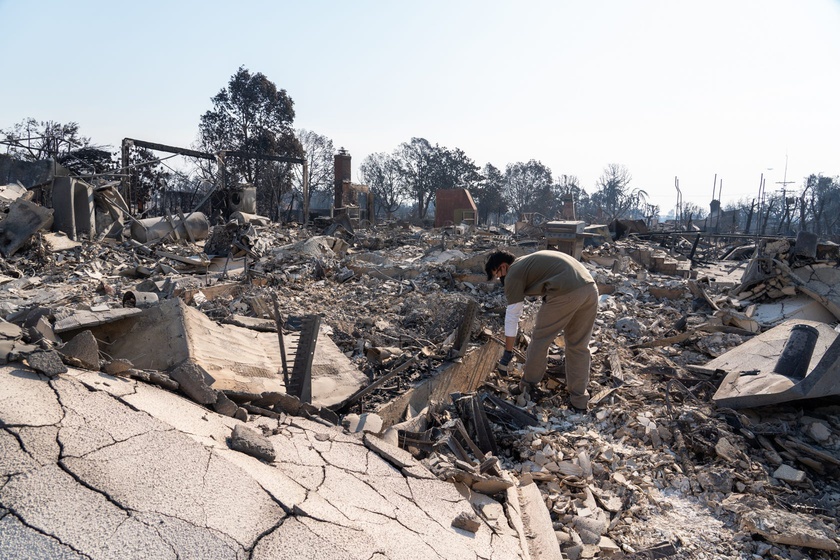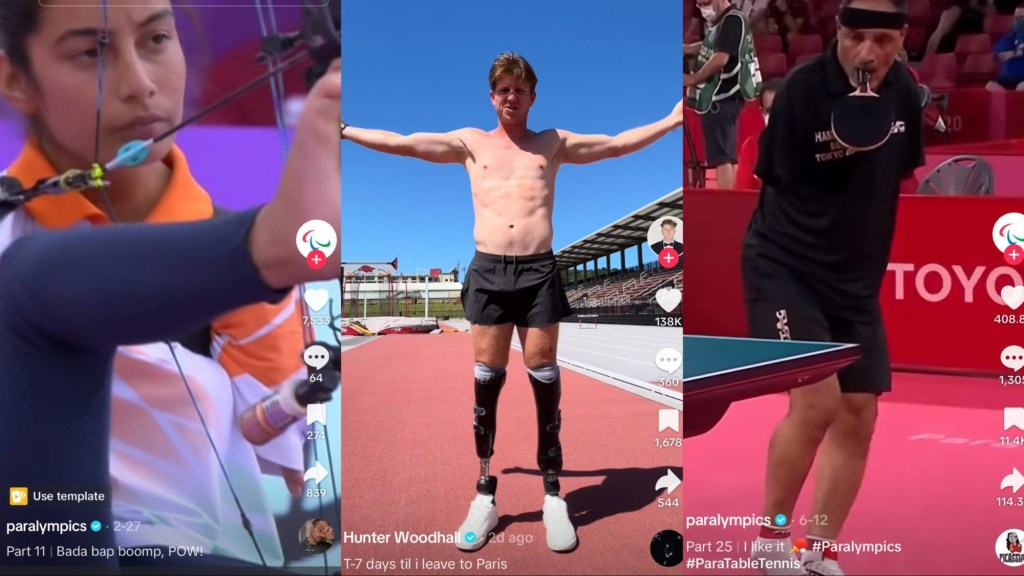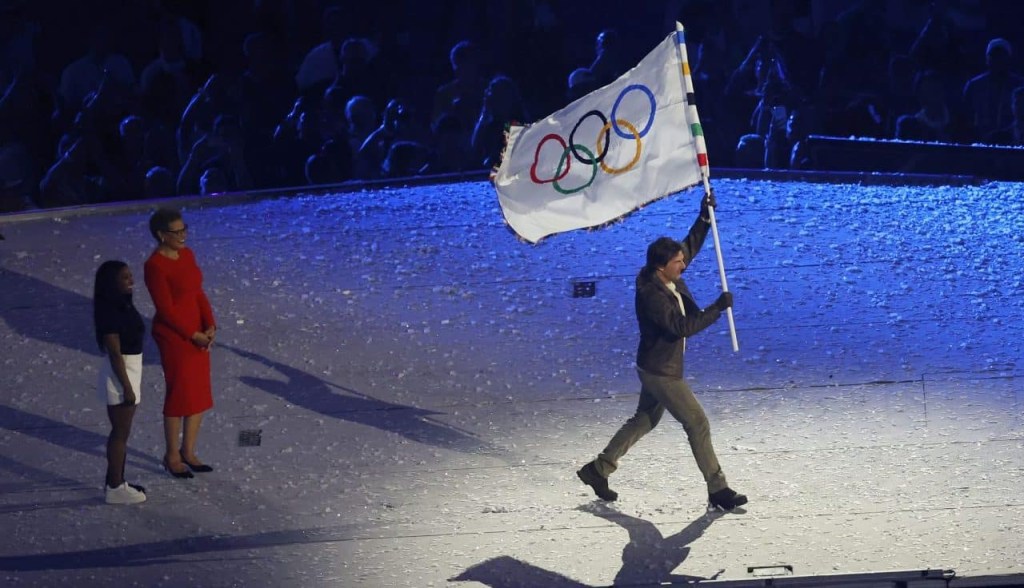The inherent risk that comes along with traveling during the COVID-19 pandemic lies in the element of control — or really, the lack thereof.
When a person leaves their native environment — the place they call home — they become exposed to new oxygen. They come in contact with new people, new places, new surfaces, new germs. And this poses a problem when it comes to the health and safety of athletes, their teams and their families as the return to sports continues in each of the big four major professional leagues in the U. S.
In an interview with Dr. Vincent Hsu, epidemiologist and AdventHealth’s infection control officer, FOS learned about how travel is being managed across the sports landscape and why vigilance is so important.
FOS: Why do road trips pose such a risk?
Dr. Vincent Hsu: There is always an inherent increased risk of infection when travelling, and this is true with COVID-19 as well. In many cases, the increased risk may be in the travelling, rather than the event itself. We’re far better able to control our environments when we’re at home. When you are on the road, you aren’t cooking for yourself, you aren’t as able to control the people you’re around because you’re more reliant on other people for basic services. These simple elements increase your risk.
FOS: The NFL requires 24 hours arrival prior to game day. Why is that important?
VH: We’ve seen sports leagues be very successful with their COVID-19 safety protocols by implementing protocols like this. Arriving a day early allows more time for testing, symptom checking and contact screening. You want to have participants tested as close to the time of the event as possible, so perhaps this allows athletes and team staff to be tested more than once before they compete against another team in a different location. Having the teams in place early helps the leagues implement those protocols.
FOS: Keeping athletes in compliance with travel protocols is a challenging task for teams. How can a team compliance manager optimize efforts to mitigate risk on a player-by-player basis?
VH: Professional athletes are young and in shape, so, in most cases, they are in the low risk category. This could lead to the mindset that we see in young adults across the country — that they’re invincible and don’t need to take precautions. I think if teams have done a good job educating athletes that their actions have consequences beyond themselves — that if they get infected it doesn’t just affect them, but negatively impacts the team — that goes a long way. But that education is important. We can’t assume people know why they should take precautions. Explaining the rationale matters.
FOS: How much greater is the risk of travel for teams that compete indoors versus outdoors and why?
VH: The travel risk is the same, but the risk while competing outdoors is less than competing indoors. At an outdoor event, when someone coughs into open air, the aerosols are more diluted. You’re less likely to cause someone else to get sick when you are outside. If teams are playing indoors, the HVAC system is very important. Proper filtration and air flow can help indoor facilities reduce the risk for both players and fans. Wearing masks and using hand sanitizer dramatically reduces the risk as well.
FOS: It is widely known that some teams travel more than others to compete during regular season play. Is there an extra layer of risk for those teams and if so, what additional protocols should be established to mitigate risk?
VH: We’ve also seen how effective bubbles are, so it’s proven that reducing travel is a benefit. Part of those protocols involves staying in one place. Larger groups of people are easier to manage if they’re all in one place. If you travel more, there’s a statistically higher chance that someone could get infected. The biggest thing teams can do to mitigate risk is by practicing masking and social distancing whenever possible.
